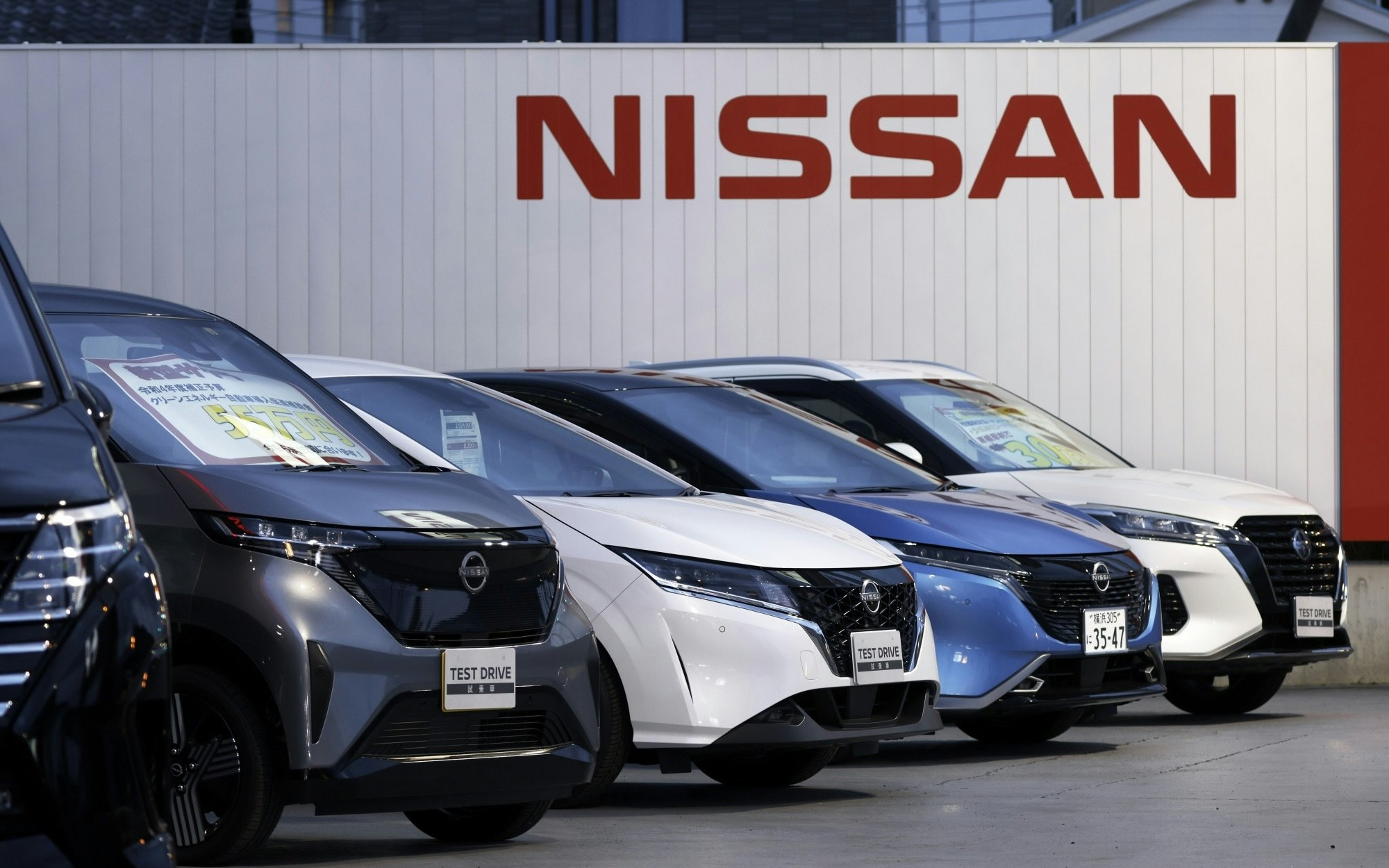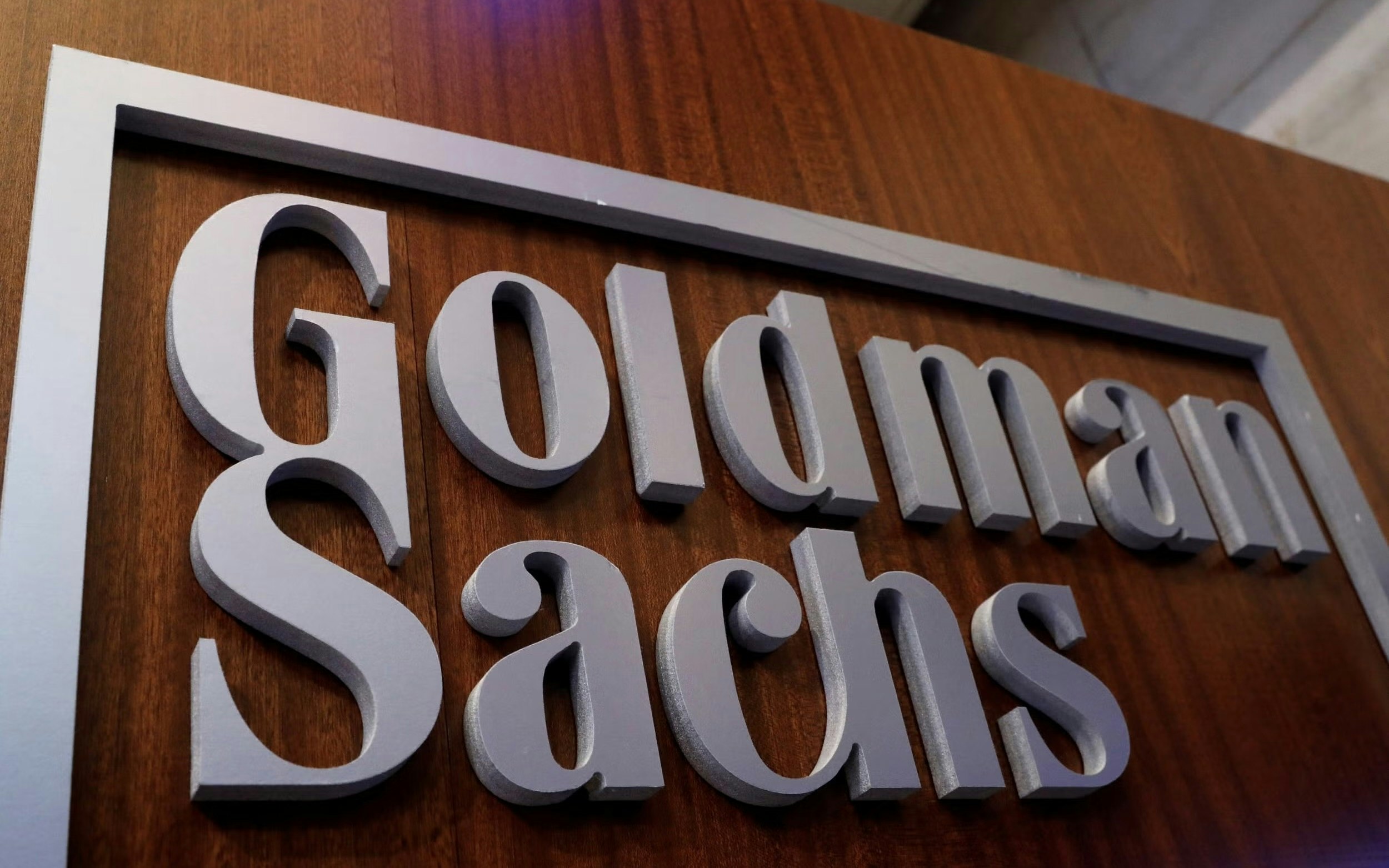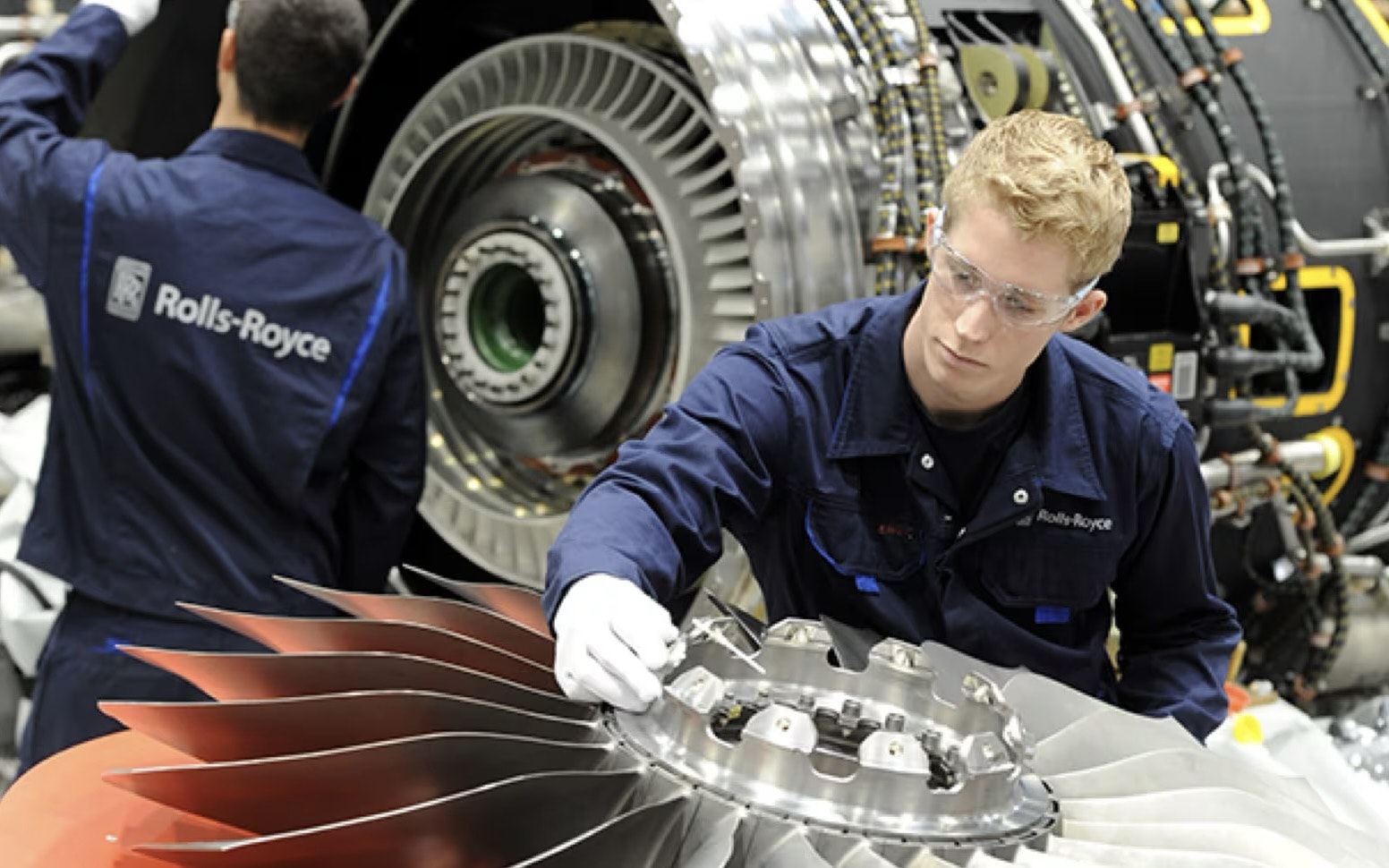Business
Shell slows down pace of CO2 emissions reduction
The energy giant Anglo-Dutch is now targeting a reduction in the net carbon intensity of its energy products by 15%-20% by 2030.

Shell focus on more value for shareholders and transforms corporate strategy, resulting in a revised climate goal. Following the example of competitor BP, the Anglo-Dutch energy company relaxes its goal for the reduction of CO2 emissions from its operational processes. CEO Wael Sawan emphasizes the prioritization of values established in the previous year.
On Thursday, the energy giant announced that it now aims to achieve a reduction of 15-20% in net CO2 intensity in energy products by 2030 compared to the baseline of 2016. At the same time, Shell is introducing a target for customer emissions. In the report on the strategy for the transition to clean energy, published in 2021 - when Ben van Beurden was still CEO - the company made a historic change, committing to reduce net CO2 intensity by 20% by 2030, by 45% by 2035, and to achieve climate neutrality by 2050.
The net CO2 intensity measures the emissions per unit of energy delivered by Shell to customers. With a shift from earlier commitments for higher investments in renewable energy and a greater focus on shareholder value, BP and Shell, listed on the London Stock Exchange, are trying to close the valuation gap with their transatlantic competitors Chevron and ExxonMobil, who have committed more strongly to fossil fuels.
Since Sawan took over the leadership of the company at the beginning of last year, he has made it clear that he wants to address this discrepancy. The target of a 6-8% reduction in net CO2 intensity by 2023 has been achieved, with 6.3%, according to Shell. In addition, the company has set a new target to reduce the emissions caused by the use of its oil products by 15-20% by 2030 compared to 2021. This means that the sale of oil products such as gasoline and diesel must be reduced and the use of low-carbon fuels such as natural gas, LNG, and biofuels must be increased, according to Shell.
Significant Investments Will Be Necessary to Maintain Oil and Gas Supply as Demand Is Not Expected to Fall as Much as the Decline in Global Oil and Gas Fields, Says Company. Steady Oil Production Expected Until 2030. The Revision of the Goal for the Reduction of CO2 Emissions from Sold Energy Products - From 20% to 15-20% by 2030 - Is the Result of the Narrowing Market Share and Segments for the Integrated Power Business, Which Includes the Sale of More Electricity to Commercial Customers and Less to Private Customers, According to Shell.
"Our focus is on where we can create the most value, leading to a strategic realignment of our electricity business," said the London-based company. Due to this focus, Shell anticipates a lower overall growth in electricity sales by 2030. The revision of the target follows a similar decision by BP, which announced last year that it would slow down the transition to lower-carbon energy sources and increase spending on oil and gas production.
"Ultimately, we respond to what society demands of us," said then-CEO Bernard Looney in February of last year. Shell emphasizes that it will continue to work on cutting its absolute emissions from operational processes in half by 2030, with more than 60% of this goal already achieved in 2023. Additionally, the company confirmed that it will invest between 10 and 15 billion US dollars in clean energy solutions between 2023 and the end of 2025.






